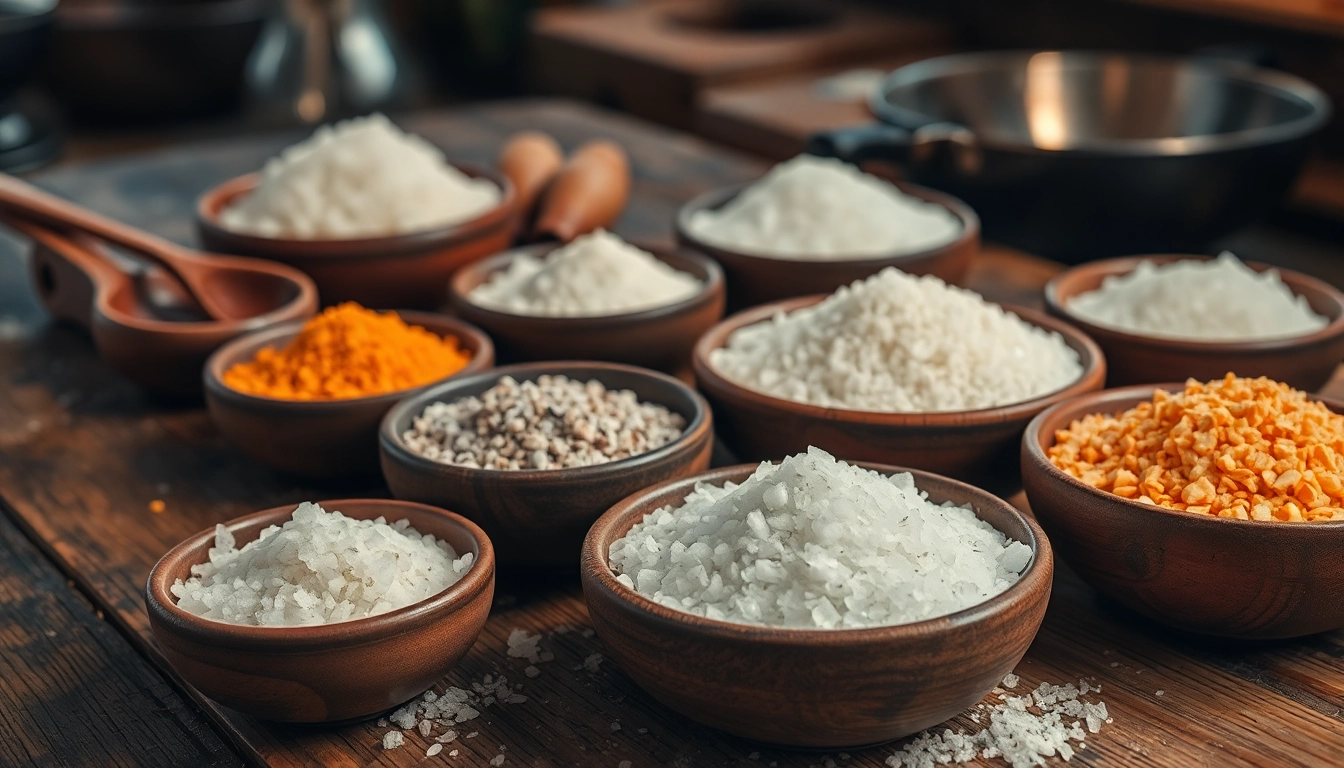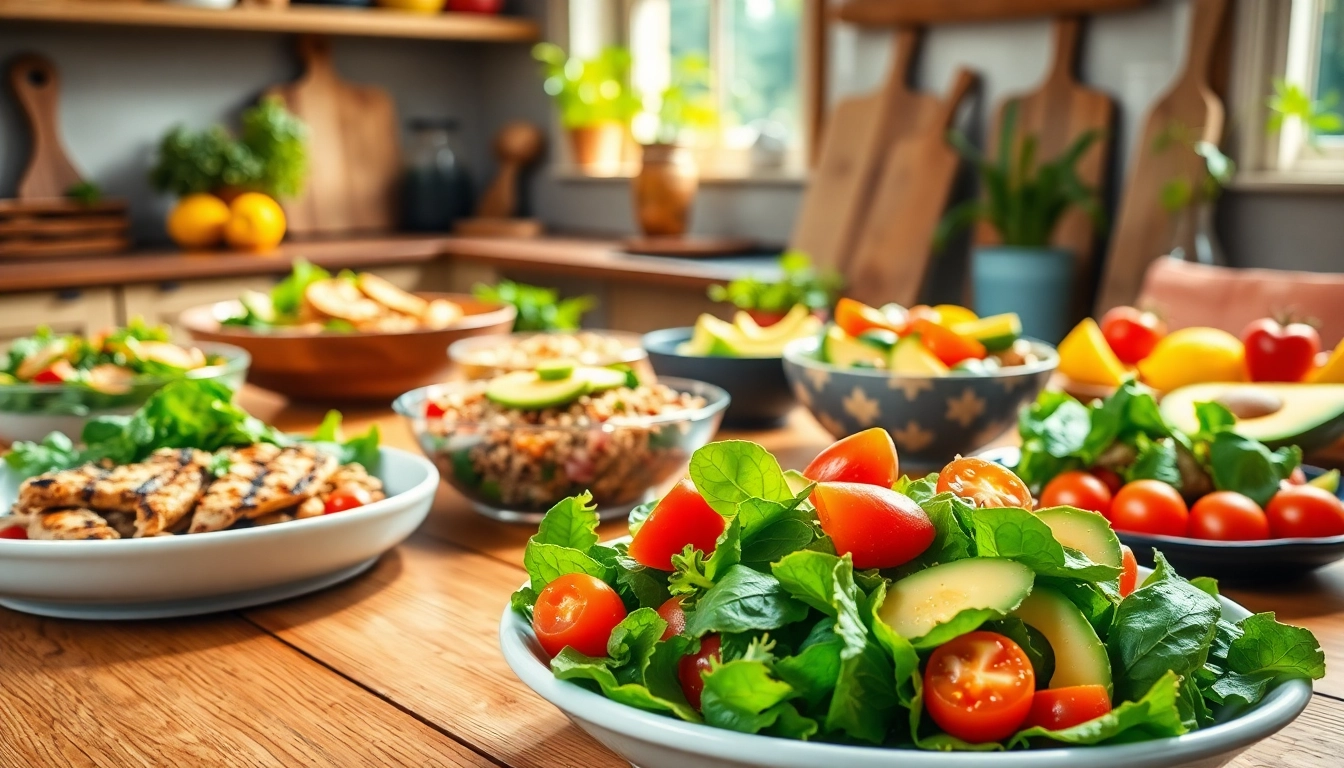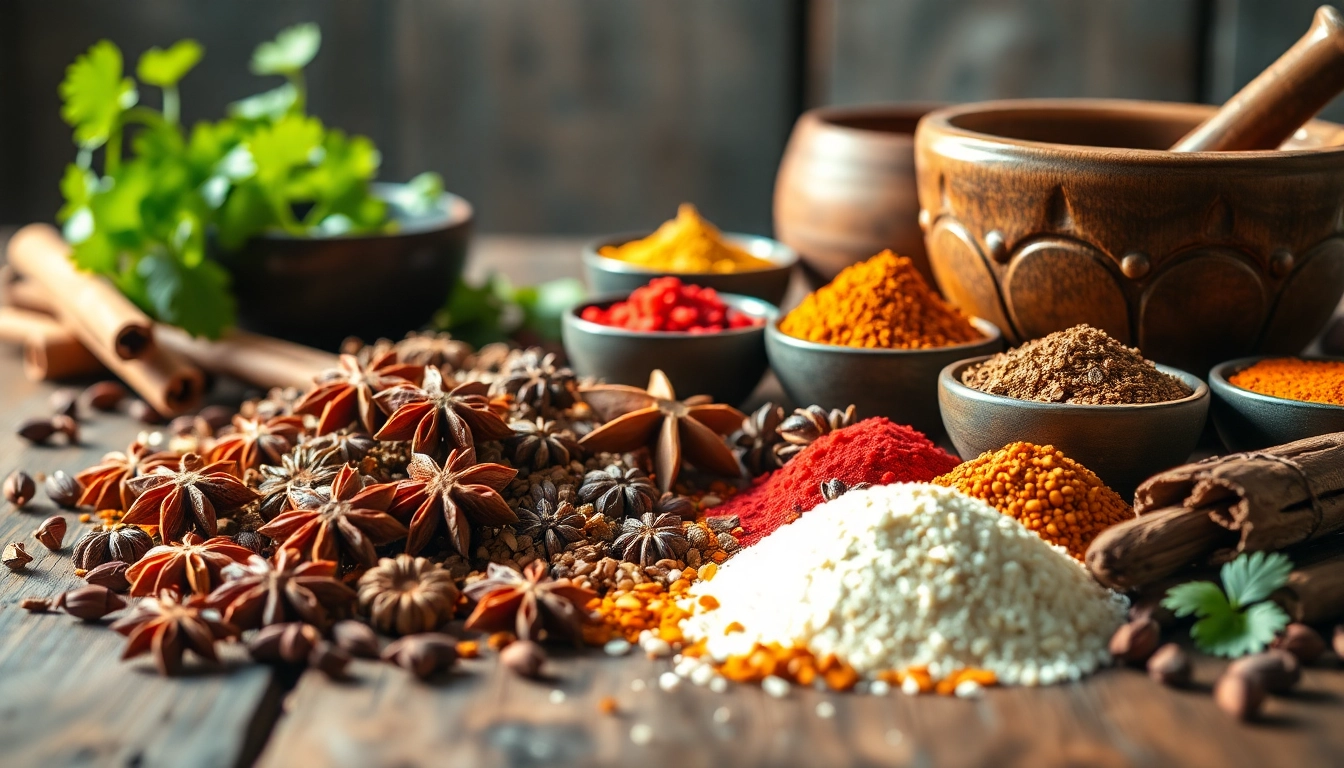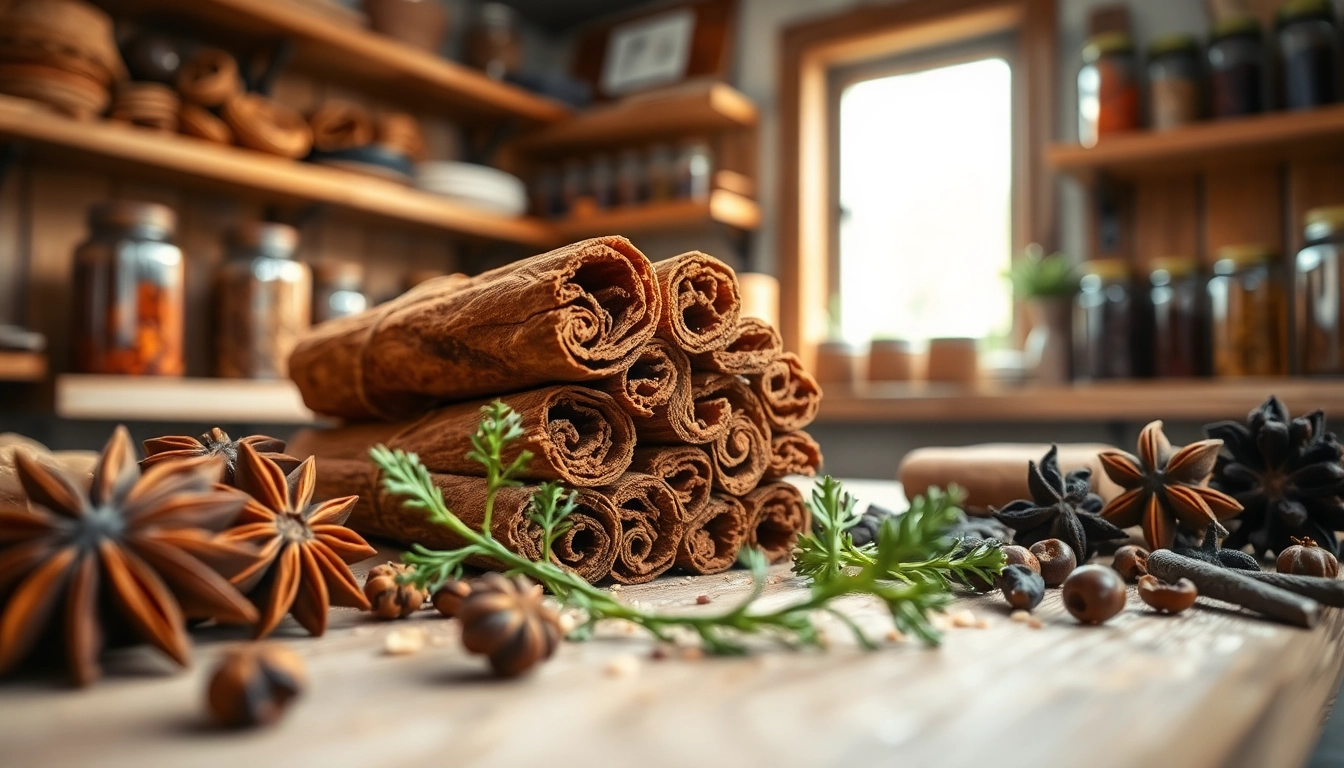Understanding Salting: The Basics
Salting, a method of food preservation that dates back thousands of years, is an essential technique utilized globally to enhance and extend the edibility of various types of food. Fundamentally, salting involves using dry edible salt to draw moisture out of food items, which is vital for preventing spoilage and enhancing flavors. This article delves into the intricacies of salting, exploring its history, processes, health considerations, and practical applications for home cooks.
What is Salting?
At its core, salting is a preservation technique that leverages the natural properties of salt. When salt comes into contact with food, it reduces its moisture content, creating an environment that is hostile to the growth of bacteria and other microorganisms that cause food to spoil. This process can be broadly categorized into dry salting and wet salting – both of which serve distinct purposes and yield different flavors and textures.
History of Salting in Food Preservation
The practice of salting food dates back to ancient civilizations, where it was a vital means of ensuring the survival of perishable food items long before the advent of refrigeration. Egyptians, Chinese, and Romans all utilized salting techniques for various foods, from meats to vegetables. The history of salting intersects with cultural traditions, as seen in the famous salted fish and cured meats that have become staples in many cuisines worldwide.
Key Benefits of Salting Foods
Salting not only preserves food but also enhances its flavor profile. Here are several key benefits:
- Preservation: Salting inhibits the growth of bacteria, mold, and yeast, effectively extending the shelf life of food.
- Flavor Enhancement: Salt enhances the inherent flavors of food, making them more palatable.
- Texture Improvement: In meats, salting can improve texture, making dishes more enjoyable to eat.
- Cost-Effectiveness: Salting is often a more affordable option compared to modern preservation techniques.
Types of Salting Techniques
Dry Salting: Methods and Applications
Dry salting involves the direct application of salt onto food, typically meat or fish. The salt draws moisture out of the food through osmosis and is then absorbed back into the product, causing it to become more flavorful and preserved. This method is commonly used in making prosciutto or cured ham, as well as in the production of Yorkshire cured hams.
Wet Salting: Exploring Brining
Wet salting, or brining, involves submerging food in a saline solution. This technique is particularly effective for larger cuts of meat or whole poultry, as it allows the salt to penetrate more thoroughly. Brining not only preserves but also tenderizes the meat, resulting in a juicier final product. A classic brining example is turkey preparation, where birds are soaked in a saltwater solution before roasting.
Comparative Analysis: Salting vs Other Preservation Methods
When juxtaposed with other preservation methods such as refrigeration, freezing, or canning, salting holds unique advantages. While refrigeration can slow spoilage, only salting can impart distinct flavors while simultaneously extending shelf life. Unlike freezing, which can affect texture, properly salted products maintain their original mouthfeel and culinary characteristics.
Salting for Flavor Enhancement
Choosing the Right Salt for Different Foods
The type of salt used for salting can greatly influence the final flavor of the dish. Common types include:
- Table Salt: Highly refined and usually iodized; a common choice for everyday cooking.
- Sea Salt: Harvested from ocean water, it retains trace minerals and has larger crystals, making it ideal for finishing dishes.
- kosher Salt: Preferred by chefs due to its coarse crystals that make it easy to pinch and control.
- Flavored Salts: These specialty salts, infused with herbs or spices, can provide unique flavor profiles.
Techniques for Salting Vegetables and Meats
While salting meats often takes precedence due to its widespread use in preservation, vegetables can benefit significantly from salting methods as well. For instance, salting zucchini or cucumbers before pickling can draw out excess water, intensifying their taste and crunchiness. For meats, techniques such as dry rubs and brines can be employed, often varying the time of salt exposure accordingly to achieve the desired flavors. Recommended times can range from several hours to a couple of days, depending on the type of meat and thickness.
Common Mistakes in Food Salting
Even experienced cooks can make mistakes when salting food. Here are some common pitfalls to avoid:
- Using the Wrong Type of Salt: Each salt has a unique level of salinity. Switching from kosher salt to table salt, for example, can result in overly salty dishes.
- Insufficient Time: Rushing the salting process can lead to insufficient flavor absorption, producing bland dishes.
- Neglecting to Rinse: When salting meats or vegetables, it’s important to rinse off any excess salt prior to cooking to prevent overly salty results.
Health Considerations in Salting Foods
Understanding Sodium Intake and Its Effects
While salting is essential for many culinary practices, it is also linked to health concerns related to sodium consumption. The American Heart Association recommends a sodium intake limit to maintain heart health. Understanding the risks associated with excessive sodium can help in making informed culinary choices and how to mitigate such risks when salting foods.
Alternatives to Traditional Salting Methods
For those looking to reduce sodium intake, alternatives such as herb infusions, vinegar-based marinades, and citrus juices can serve as substitutes. Techniques like grilling and roasting can also enhance flavors without heavily relying on salt. Additionally, the use of modern spice blends can provide robust flavor profiles that satisfy cravings for salt without excessive sodium levels.
Myths and Facts About Salting in Diets
Many myths surrounding salt and health have permeated popular culture. For instance, it is a common misconception that all salt is bad for health. The reality is that salt is vital for maintaining proper bodily functions, including electrochemical balance and hydration. However, moderation is crucial; understanding the nuances of different salts and their health impacts can aid individuals in managing their dietary choices more effectively.
Implementing Salting Practices at Home
Essential Tools for Home Salting
Equipping your kitchen with the right tools can make the salting process seamless and effective. Items to consider include:
- Large Bowls: For mixing brine and immersing food adequately.
- Curing Bags: Ideal for meats to allow even distribution of salt.
- Meat Injectors: To ensure salting penetrates even the thickest cuts of flesh.
- Measuring Tools: Ensure accuracy when using salt; consistency will lead to better results.
Step-by-Step Guide to Salting Foods
Embracing salting in your culinary routine can be transformative. Here’s a brief step-by-step guide:
- Choose Your Salt: Select the appropriate type of salt based on your recipe.
- Prepare the Food: Clean and appropriately cut your meat or vegetables.
- Apply the Salt: Use the dry salting technique or create a brine mixture.
- Time It Right: Allow the food to cure for the recommended time.
- Rinse and Cook: Rinse off excessive salt and prepare your food as desired.
Tracking Results and Adjusting Techniques
As with any culinary technique, practice is critical. Keeping a food journal can help track results, noting the types of salt used, salting times, and the flavors achieved. This data can assist in tweaking your techniques for optimal performance while developing a robust understanding of personal preferences.












Leave a Reply